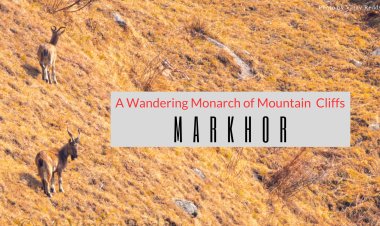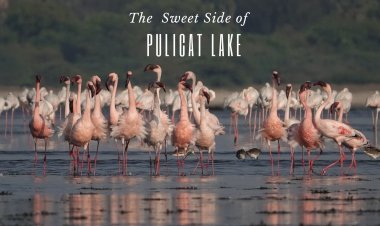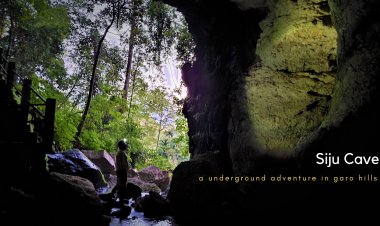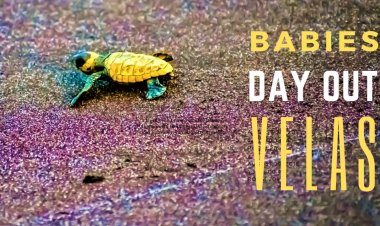Poi Pee Mau Tai 2119 - A Joyous Celebration of Tai Khamtis New Year at Namsai - Arunachal Pradesh
A tribal ethnic group called Khamptis celebrate the New Year popularly known as Poi Pee Mau Tai. It is the celebration of the advent of a new dawn for the community to usher in a fresh era of socio-cultural development.Tai Khampti New Year has become the biggest festival amongst the folks of the Tai communities in the world. Hereby sharing excerpts of recent 2119 celebration at Nalung in Namsai district of Arunachal Pradesh
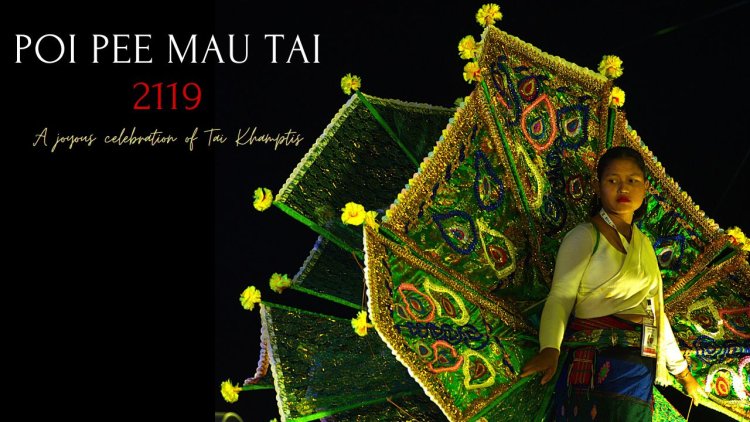
Poi Pee Mau Tai..
hey this sounds like a place in Thailand. Are you planning it ?.
Exclaimed one of my friend when I shared my travel plan with him.
No ; This is a Tai festival in Arunachal Pradesh.
With diverse culture and tribes, traditions, attire, languages and uniqueness of their own. The North Eastern State Arunachal is the land of Festivals.
Congregation is a celebration here !
Be it Invoking deities, Welcoming Winter Season, Pay gratitude to gods, communal harmony. Paying respects for rivers , Welcoming Monsoon for good harvest , Welcome New Year, Farewell festivals , Festivals in the honour of Birds & Animals, Mask Festivals, Religious festival & many more
Tai is a large enth linguistic group said to have originated in Southern China. Over time, it spread across South East Asia and also reached the Northeastern parts of India.
The people of Thailand, Combodia and Laos belong to this group, so the Ahoms whole ruled a good part of Assam for almost 600 years. However, apart from Ahoms, several other Tai groups entered the region and now inhabit parts of Assam and Eastern Arunachal. As they have arrived in different point of time, they have managed to maintain their distinctive identities and practices even today.
Some minorites of the Tai groups in India include Ahoms, Khamtis, Khamyangs, Aitons, Turing and Phake. Many of these smaller groups have been followers of Theravada ( hinayana ) Buddhism since their arrival.
New Year Fest 2119 @ Nalung - Namsai
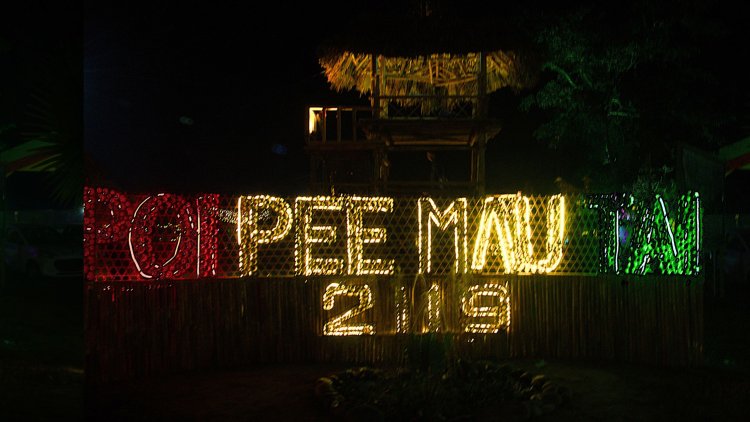
In the morning we started our journey from Meherselek railway station, after a long drive, crossing Damro, Mariyang, Dambuk, Roing we finally reached Nalung by afternoon.After crossing Chowkham and pictureque countryside we could make out the festival venue through hoardings. Post lunch we explored the Golden Pagodas and other @ Namsai. Our night stay was just a stones throw from the venue on the banks of Teang river witnessing wetland birds and a colourful sunset.
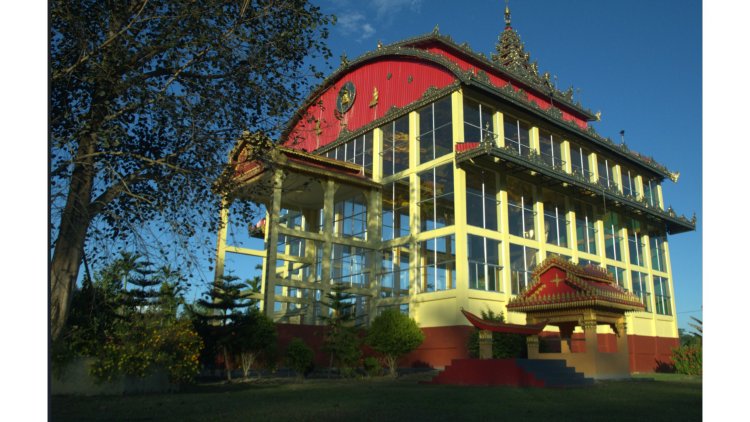
Since the location was 16 km away from Namsai town. We finished our dinner at Namsai.As per schedule the festivity began at night at 10:30 pm.We roamed around the food stalls offering local Tai food and liquor, and shopes selling hand made artifacts. The programmes were followed with cultural songs, dances and other music.
"Ka Poong Tai" is one of the main dramatic art forms of the Tai Khamtis. Unlike many forms of traditional Arunachali dance, the Khamti dance is a dance drama, expressively and elegantly reflecting the rich culture of the Khamti Buddhist here.
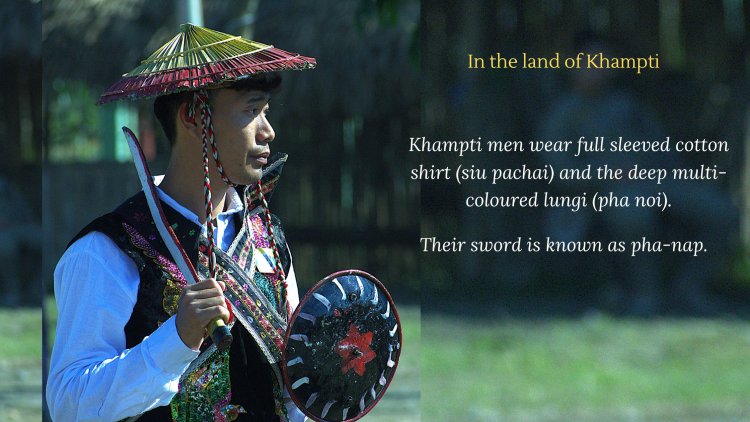
Khampti men wear a shirt known as 'siu pachai' and a lungi known as 'phanoi.' The women wear a blouse 'siu pasao' a long skirt 'sinn' and a cloth used as scarf called ' famia '
All the traditional folk dances of the Tai khamtis have their roots in South Asian countries like Thailand and Myanmar. The community has many folk dances and each dance has a religious background behind them.
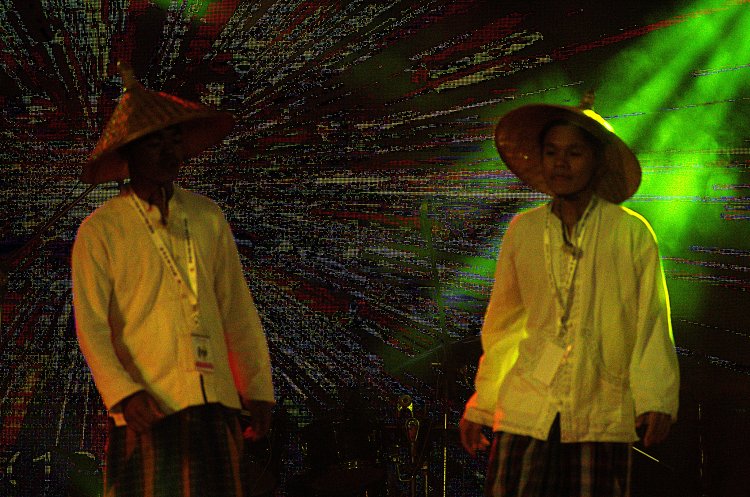
Though it was cold, we were awake till midnight for the new year bash. The ambience was festive and pleasant, so we were not bored at all.
At around 11.15 PM, the stage came live with people gathering on stage. At around 11.40 PM things took a different
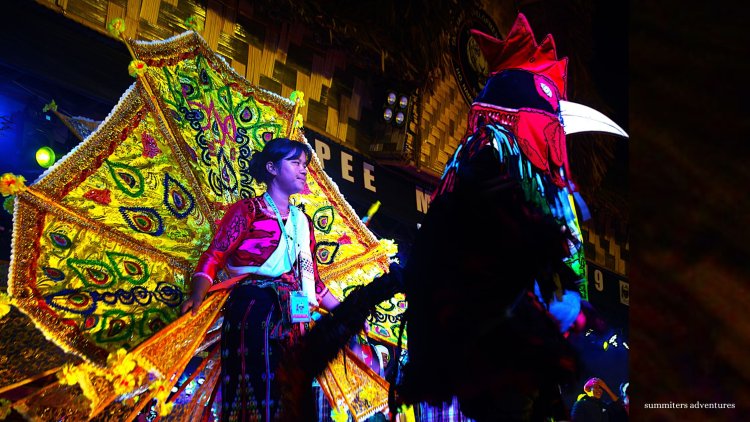
Later roosters Cock Fight Dance: Also known as 'Kaa Kong Tou Kai' is a popular dance of the Tai Khamti tribe of Arunachal Pradesh. It is performed by two or four people who wear a headgear shaped like the head of the cock, accompanied by the beats of Drum ( Kongpat), Cymbals ( Paiseng) and a set of Gongs ( Mong - Seing ). This dance usually shows a fight between two cocks and is inspired by the ancient tradition of entertaining the king with a cock fight.arrived at the stage and a huge crowd assembled before us. It was followed by a short speech by the community heads addressing and welcoming the new year, which was the new year 2119.
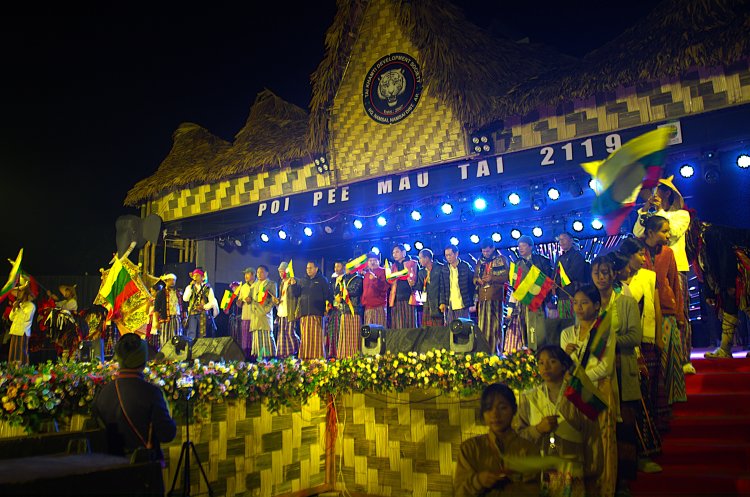
With the beating of drums and crashing sound of cymbals, at 24:00 hrs the music began and the celebrations started.The colourful attire of local folk and dance stole the show. The dark sky lit up with colourful fireworks, laser lights while cutting a cake to mark the occasion. The songs in khamti were pretty modern and catchy. Although I didn’t understand, I was moved by performances.The crowd, especially the youth, was disciplined and very much very much cultured. Eventually, by around 1 pm we decided to call it a day and headed back to our stay while the sound of music continued non stop all night !.
Morning Vibes
The next morning @ 8 am we woke up and drove to the festival venue.The whole place looked deserted because of the previous late night event. Around 9:30 am the cultural procession followed by flag hoisting marked the event.It was an opportunity to shoot, this time in bright daylight. Apart from the peacocks, there were men dressed as roosters and there were two guys combining together to form what looked like a big deer. Deer Dance according to the legendary story, deer-dancing (Kaa-Toe) in the month of October (Nuen-Sip-Eit) is a celebration of the light festival based on the story of the spirits of the people and animals welcoming the return of Buddha after his preaching and thanks giving to his mother and other spirit in spiritual world. This dancing of Ka-Toe is in fact a Buddhist belief and religious in nature.
In the meantime, I was able to gather information about these and felt very fortunate to witness it.
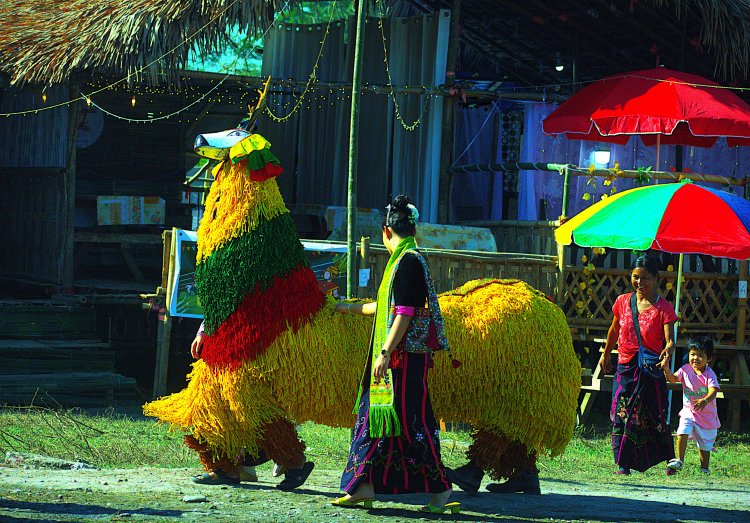
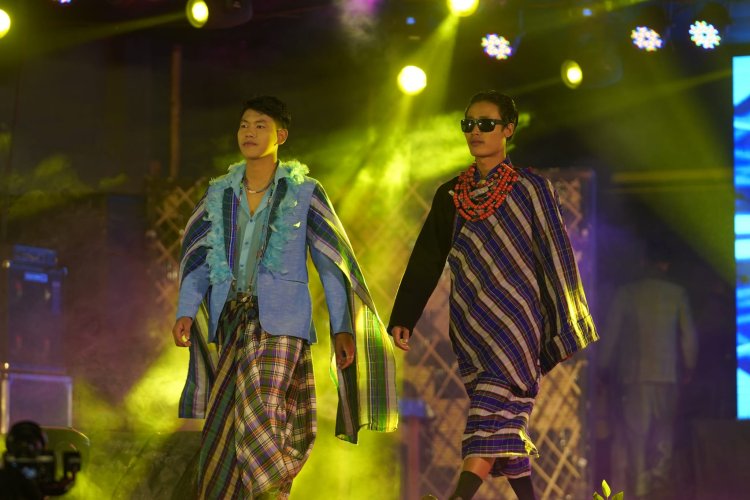
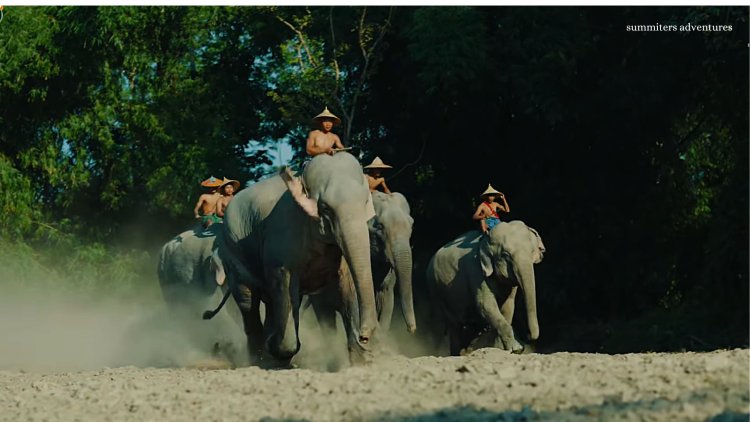
Traditional Elephant Race
Elephant race truly highlights the rich heritage of the tribe.The key attraction of the event was the revival of the traditional elephant race, a sport that had been absent for decades.
Unfortunately, we had to shorter our stay on the second day as we had other plans. If any other plan doesnt come mid way next year ,will definitely visit - To the land of gold again for a yet another unique experience and longer stay !








